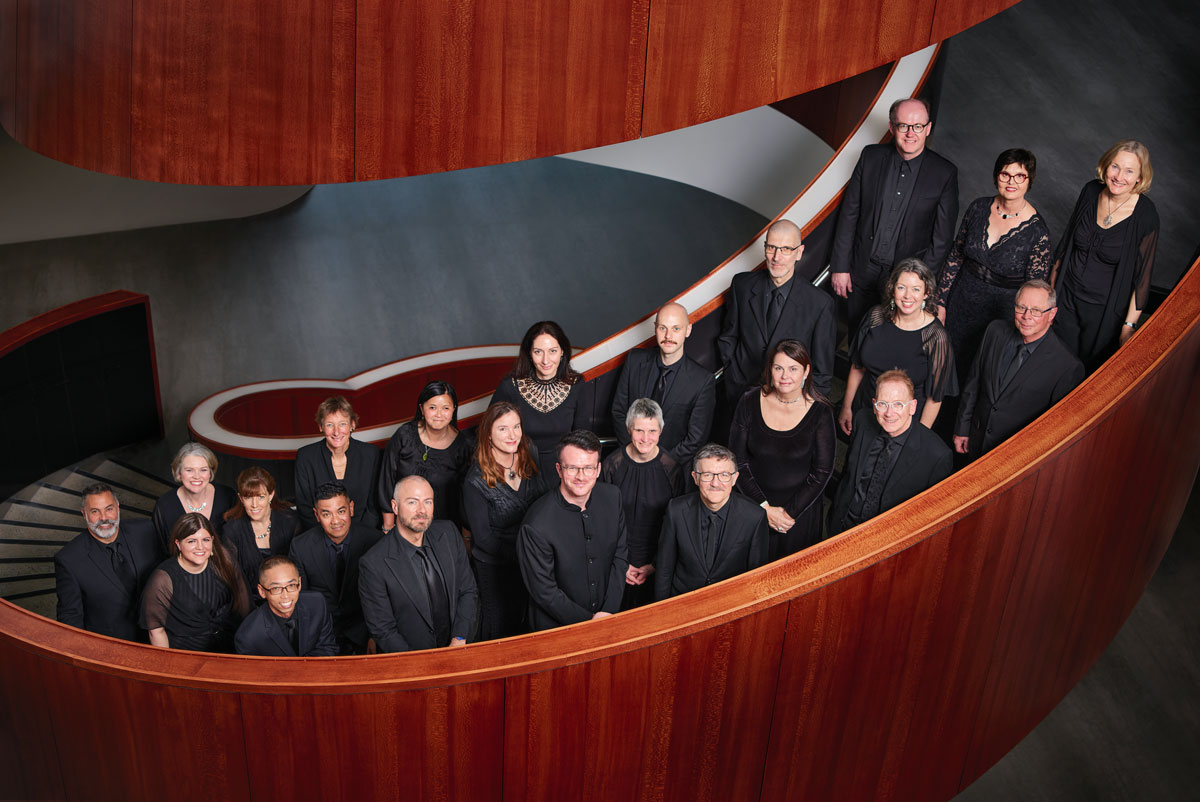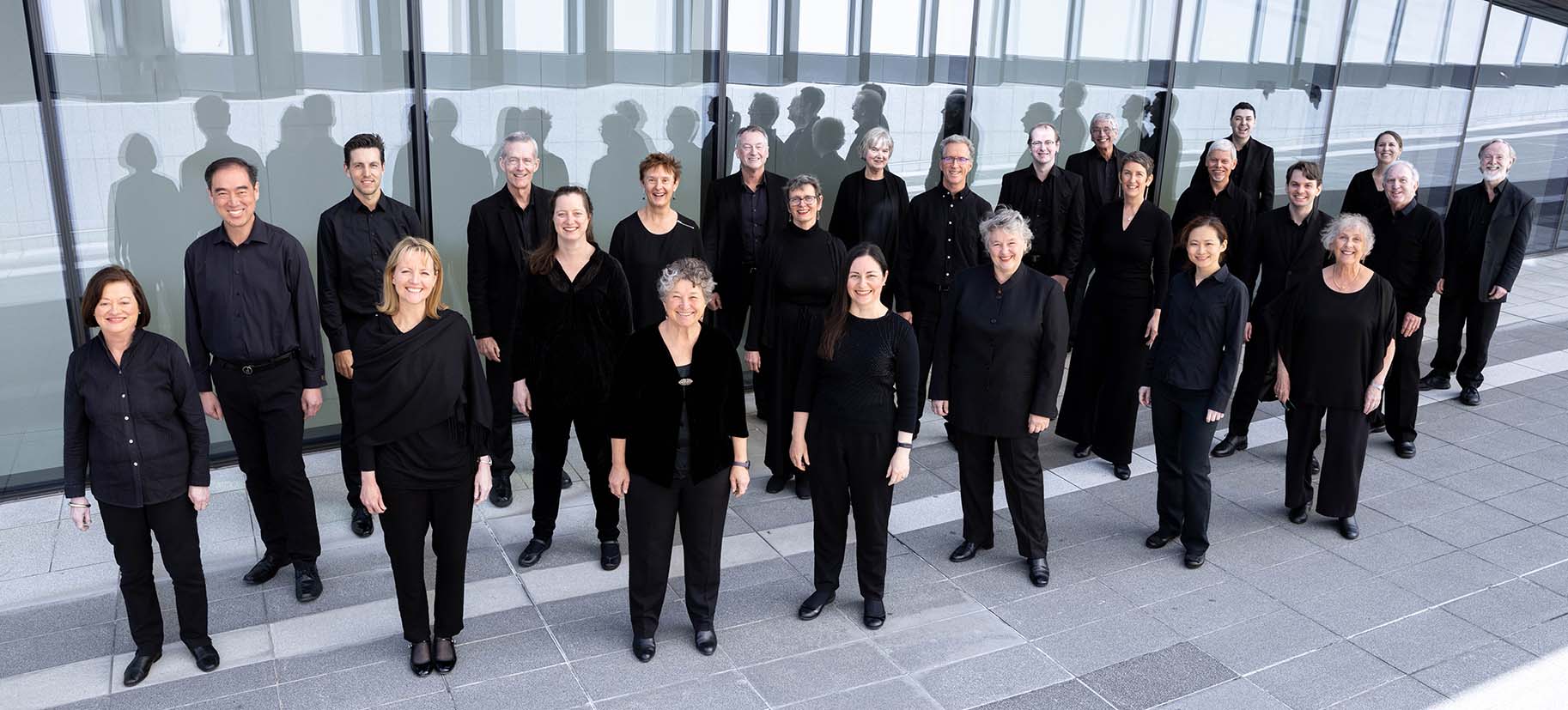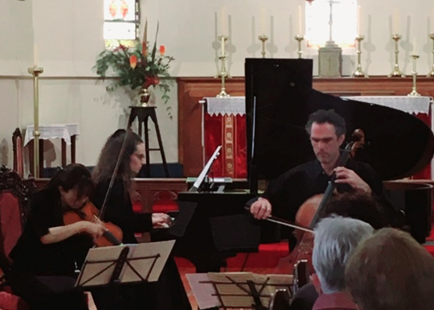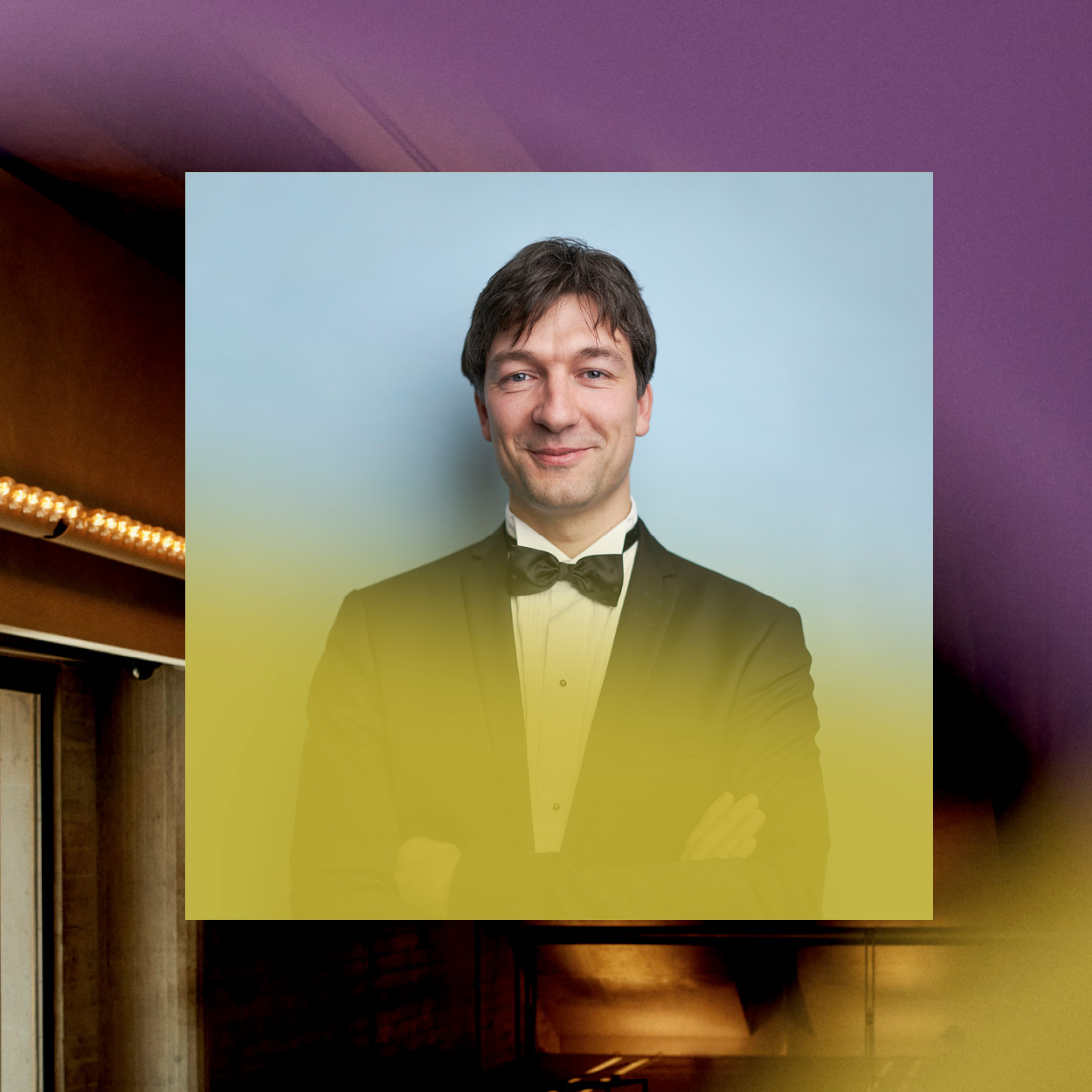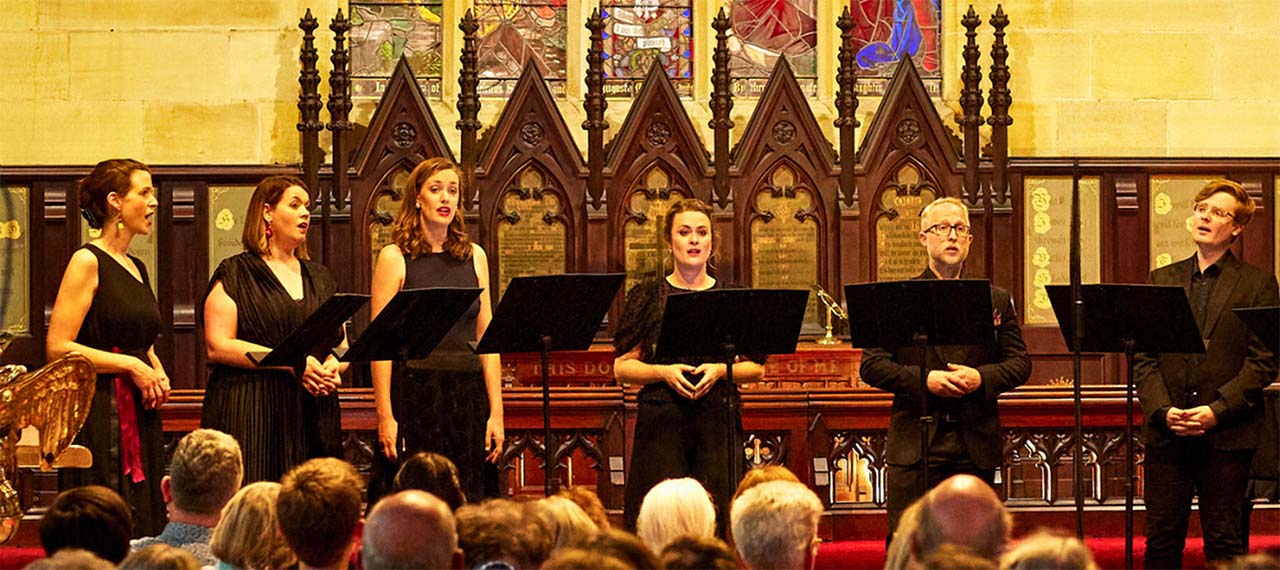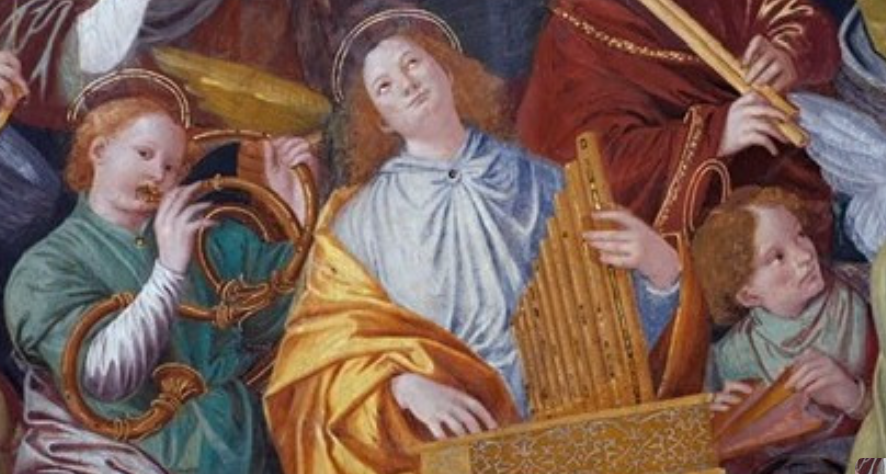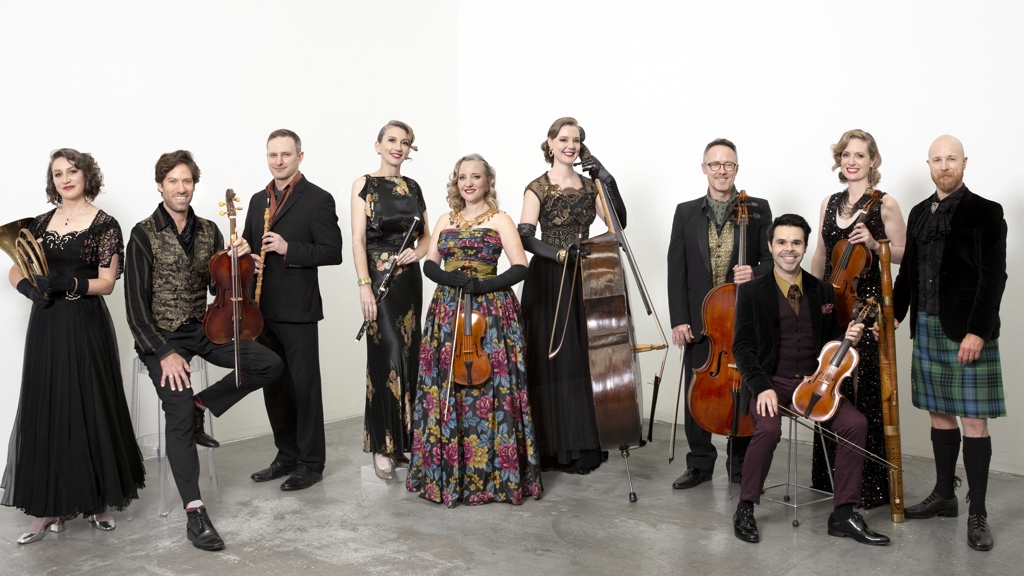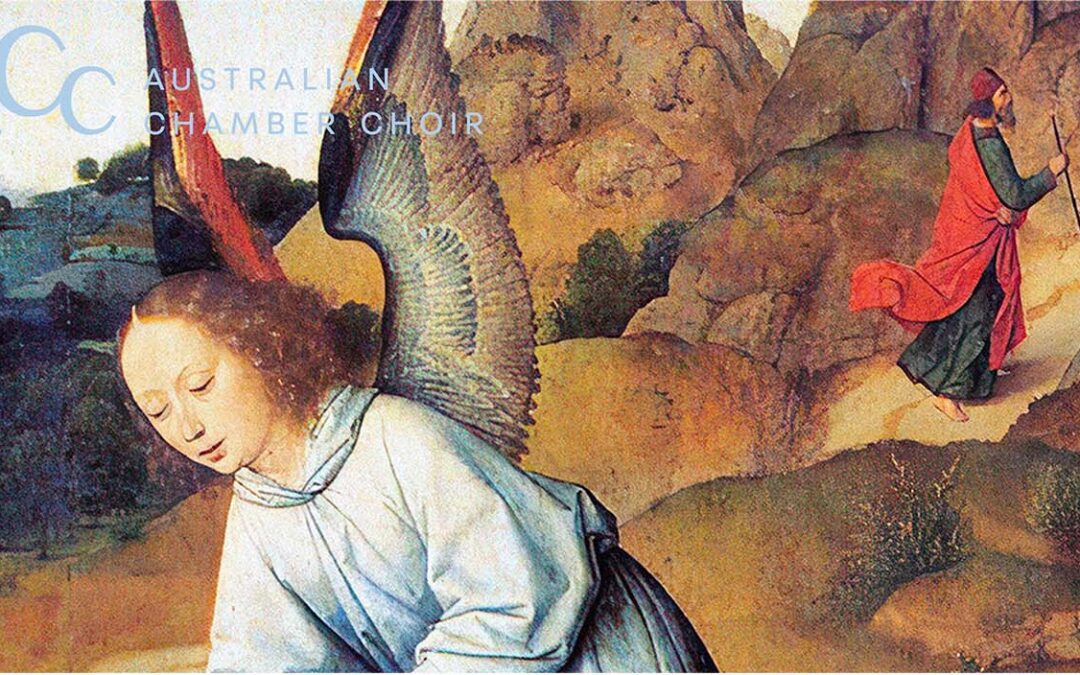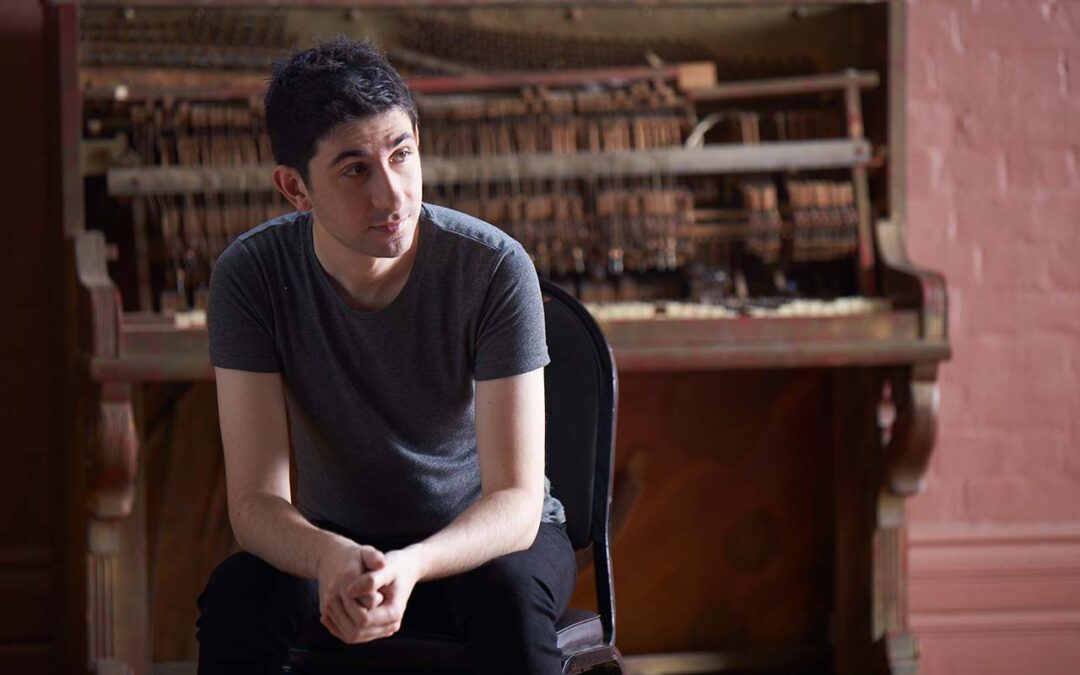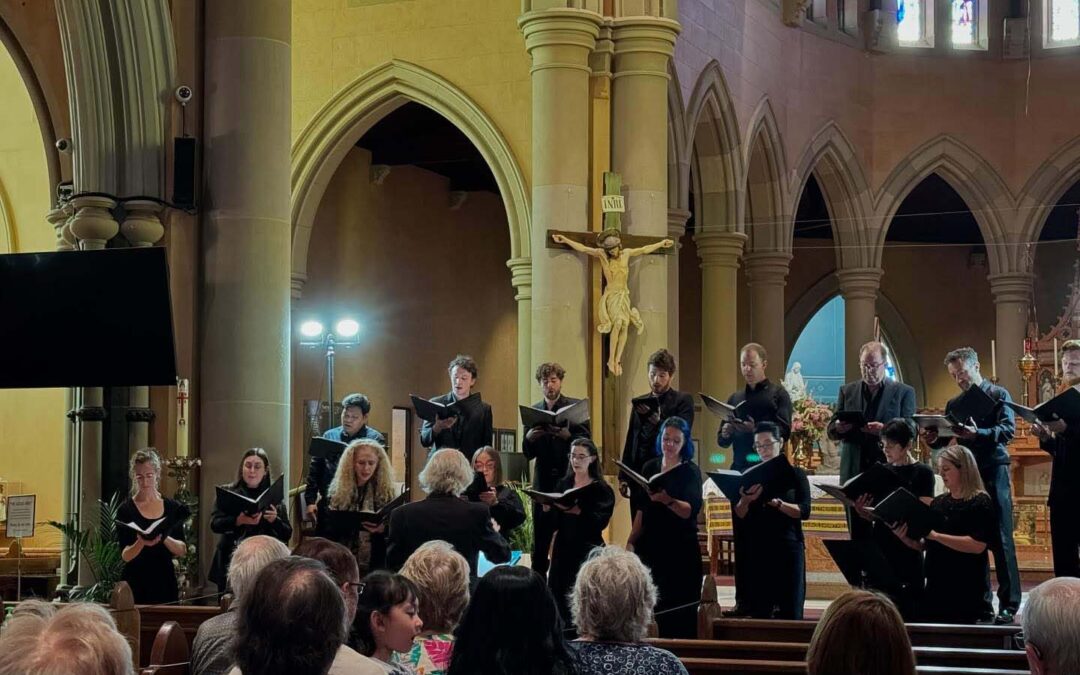I had the privilege of attending the first of a series of concerts entitled “Collision Course” Tour 1 of Selby & Friends’ 2014 Subscription Series, chamber music provided by Kathy Selby & her colleagues playing different instruments in various combinations. On this occasion, she was joined by violinist Natalie Chee, clarinetist Som Howie, & cellist Clancy Newman.
On a lovely autumn afternoon in Adelaide on Sunday 16 March, I strolled down the pleasant surrounds of North Terrace into Elder Hall, a Gothic Revival style, National Trust registered building in the grounds of Adelaide University.
Natalie, resplendent in her full-length sleeveless red gown, & Kathy started proceedings with Mozart’s Violin Sonata No4 in E minor K304. It is the only one of his 35 (some unfinished) violin sonatas in a minor key, thought to be associated with his mother’s death in 1778. Natalie & Kathy combined well, creating an appropriate sombre mood. The wistful violin lines seemed somewhat overpowered by the accompanying piano at times but overall, both the Allegro first movement & Tempo di menuetto second movement were pleasant.
The second piece on the program, Collision Course, was written last year by cellist Clancy Newman. In 2012, Kathy recommended Clancy to the Silo Collective who wished to commission a new chamber work for Selby & Friends.
Clancy personally introduced his Trio for clarinet, cello, & piano. It was the “real” world premiere of his work as this concert was the very first concert of Tour 1. He explained that had started composing a piece for cello & string orchestra about 10 years ago but “threw it aside” after 3 weeks. He retrieved the main tune played by the cello for Collision Course.
Kathy recited a poem which detailed the scene of 3 ships, each with a musician, from 3 different parts of the world. They meet, then sail away from each other.
The music reflected the sentiment of the poem superbly. The cello started with a long pizzicato line, then the clarinet came in followed many bars later by the piano. They each had lines with different rhythms, almost discordant, seemingly non-cohesive “three ships sail from three distant ports, unaware that they are on a collision course“. The 3 musicians “meet” when the cello bow is used to play the main tune (initially discarded), after which the music increasingly seemed to gel, via a gradual crescendo “…frenzied romp” to a climax. The music slowly reverted to more individual lines by way of a gradual decrescendo where the instruments stopped playing in reverse order, slowly but surely. The cellist was left to finish the piece with pizzicato, just like it started “the musicians alone once again”. Perfect musical imagery!
Natalie introduced the 2 substantial works in the program, Brahms’ Piano Trio in C minor Op 101 & Schubert’s Piano Trio in Bflat Op 99.
The Brahms piece was first performed in 1886 in Budapest by Brahms himself at the piano with Clara Schumann as his page turner & his great friend, the violin virtuoso Joseph Joachim. It is the shortest of Brahms’ 24 chamber music works.
The intense first movement Allegro energico was certainly played with plenty of energy & drama with all 3 musicians combining very well together. The violin & cello shared a number of themes & played as one unit. There were clear changes of key & nice rhythmic contrasts between triplets & dotted quavers.
The second movement Presto non assai, in Scherzo & Trio style, was rich in contrasts, particularly changes in expression throughout & the combination of piano chords & pizzicato ascending arpeggios in the strings in the central Trio section in F minor.
The warm slow third movement Andante grazioso in C, with its unusual irregular rhythms 3/4 2/4 (cycle of 3 bars where 1 bar 3/4 is followed by 2 bars 2/4) at the beginning & end together with 9/8 6/8 (total 8 bars of alternating 9/8 & 6/8) & 9/8 only for 4 bars in the middle, was played very well. The theme alternated between the 3 instruments & the rhythm changes were distinct.
The final movement Allegro molto was played with controlled vigour & culminated in a very satisfying ending. The difficult piano part including multiple arpeggios in both hands & wide chords was handled well by an Kathy.
This Schubert Piano Trio is the better known of his 2 Piano Trios & is thought to have been written in 1827, a year before his death. However, this piece is not all doom-&-gloom as were many of his late works. Natalie, Clancy, & Kathy presented a rich melodious account of the piece involving a lovely range of dynamics & interaction between their parts highlighted by a brilliant finish.
All in all, a very enjoyable end to a very enjoyable weekend in Adelaide. This was topped off by a serendipitous chat with the group of musicians at the airport on the way back to Sydney!





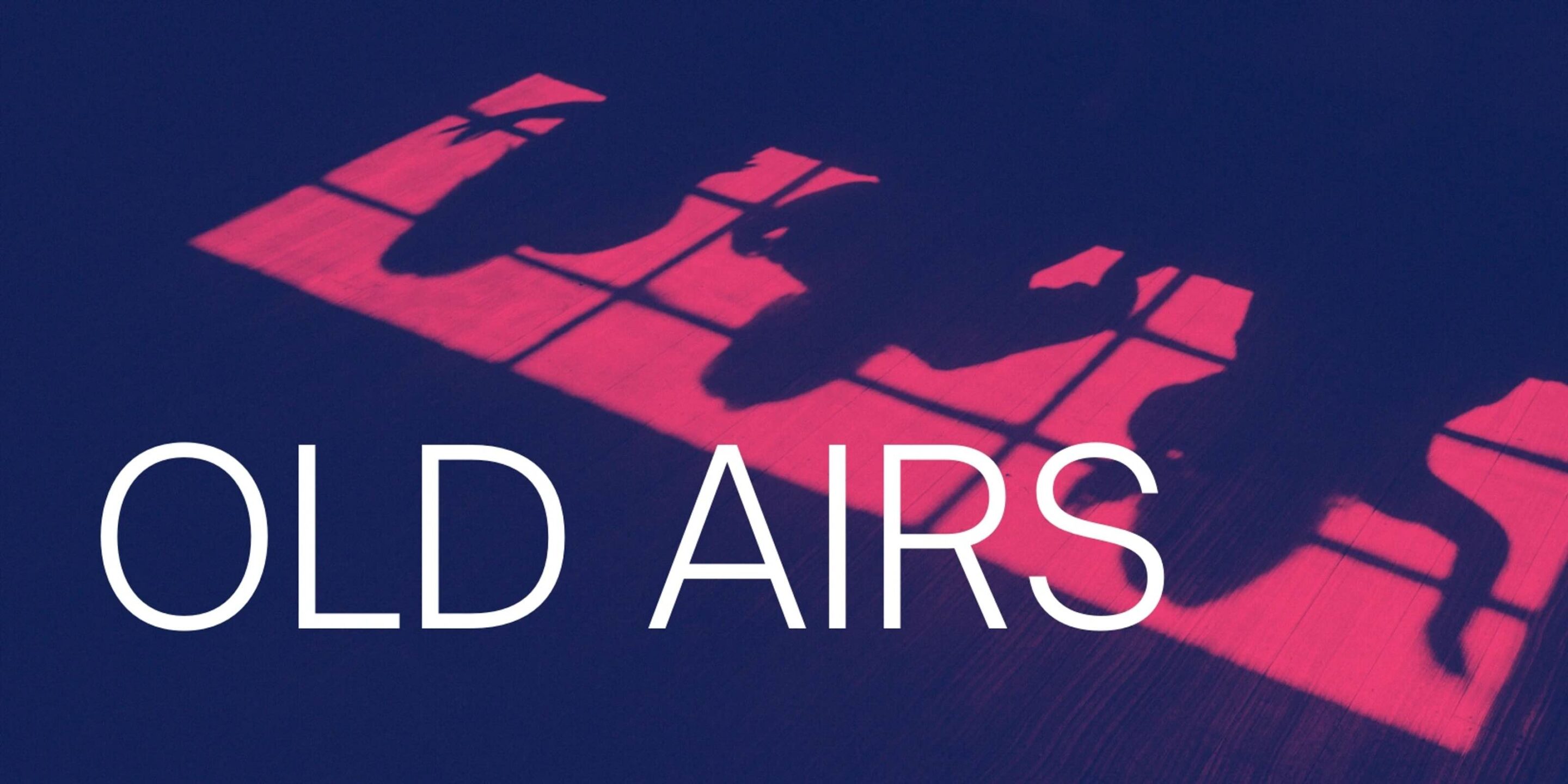
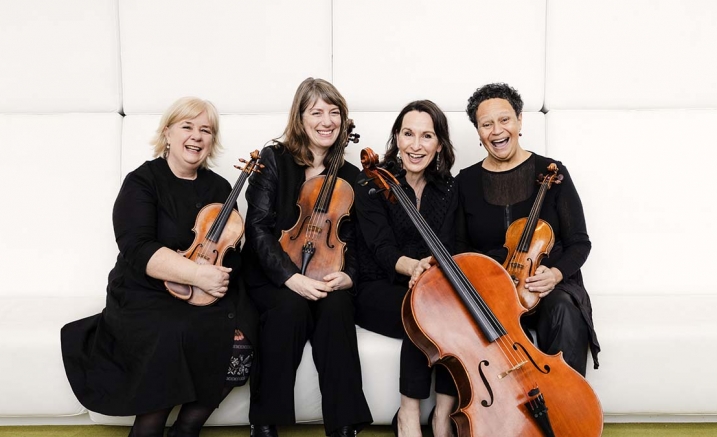


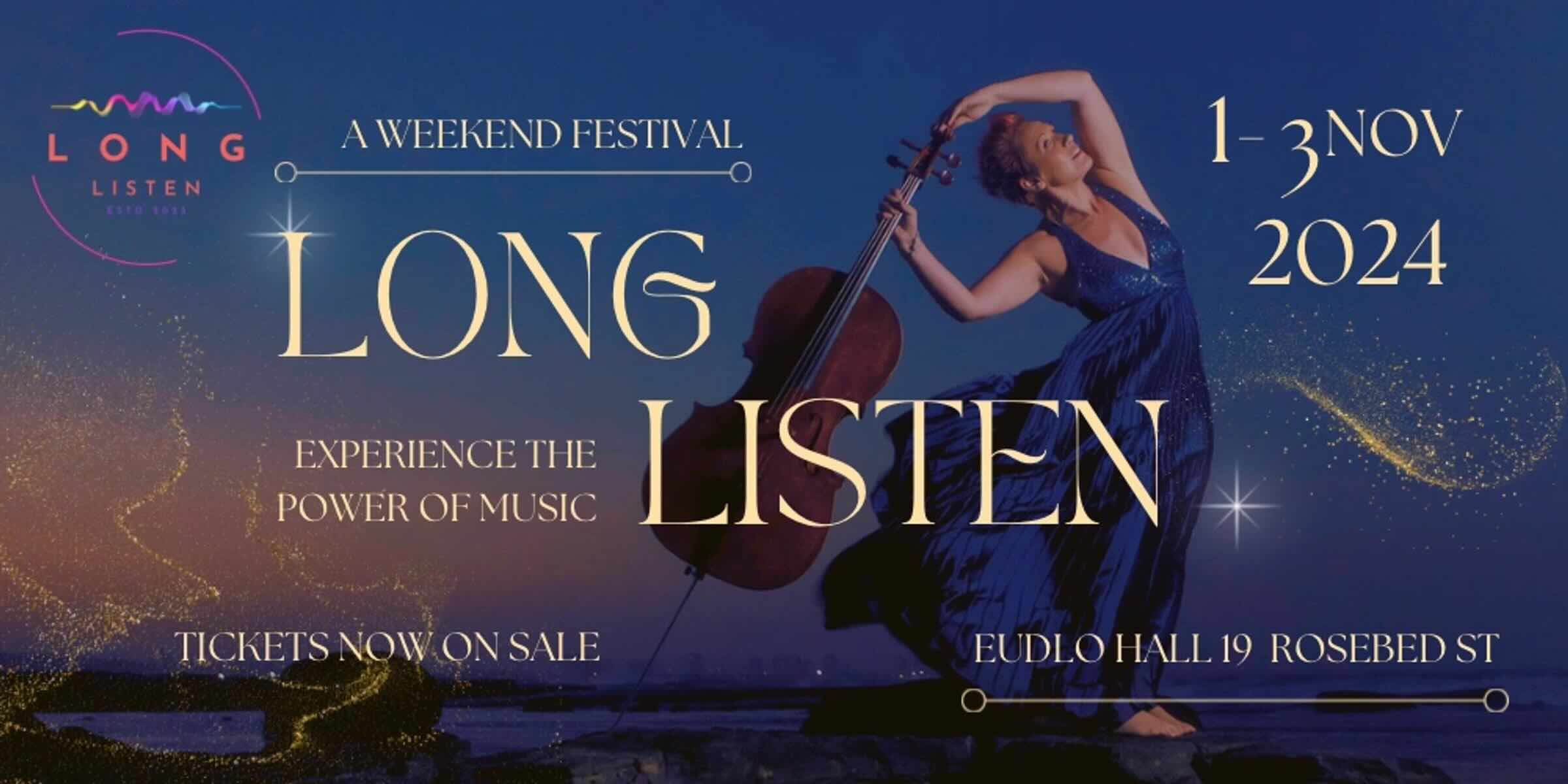
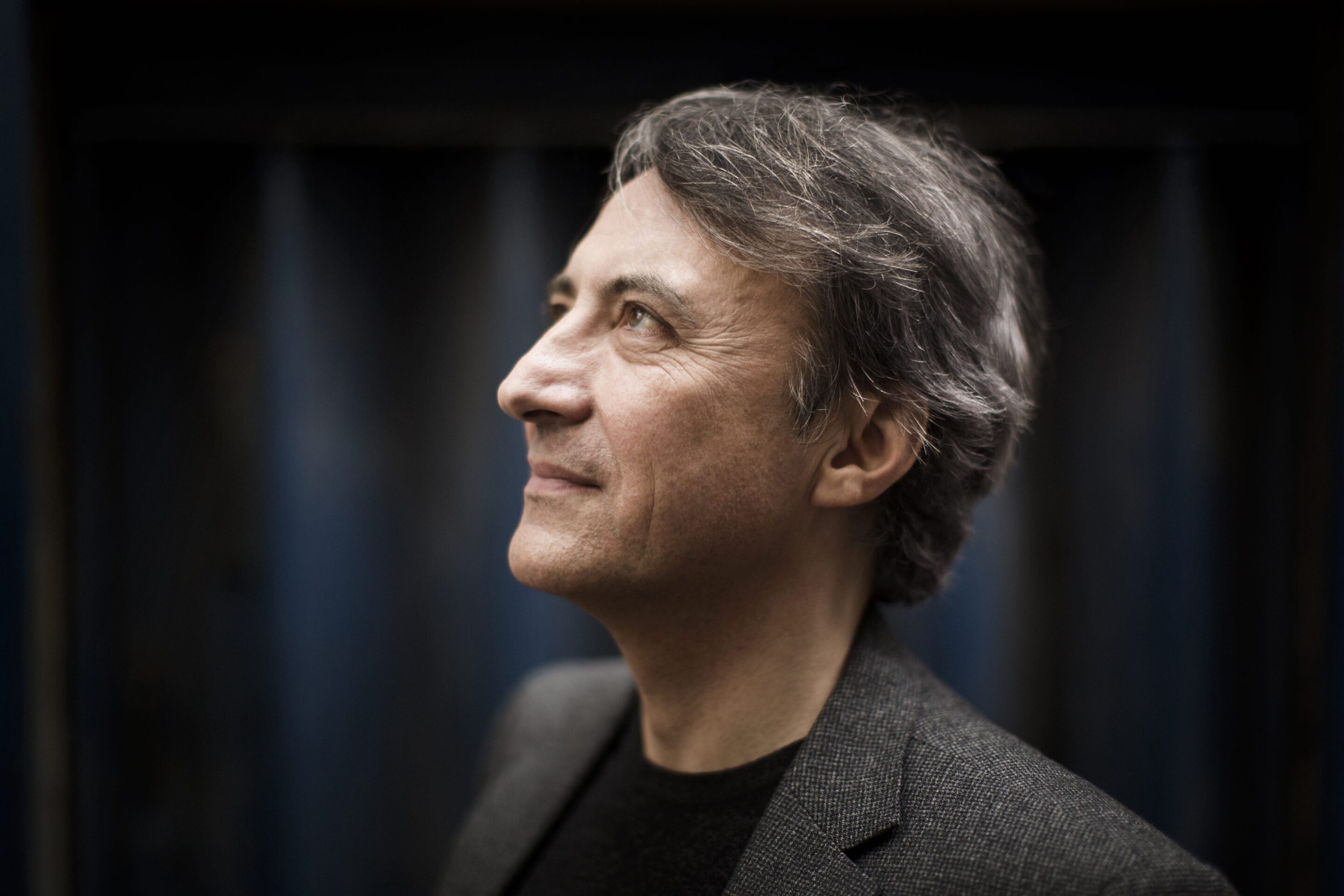

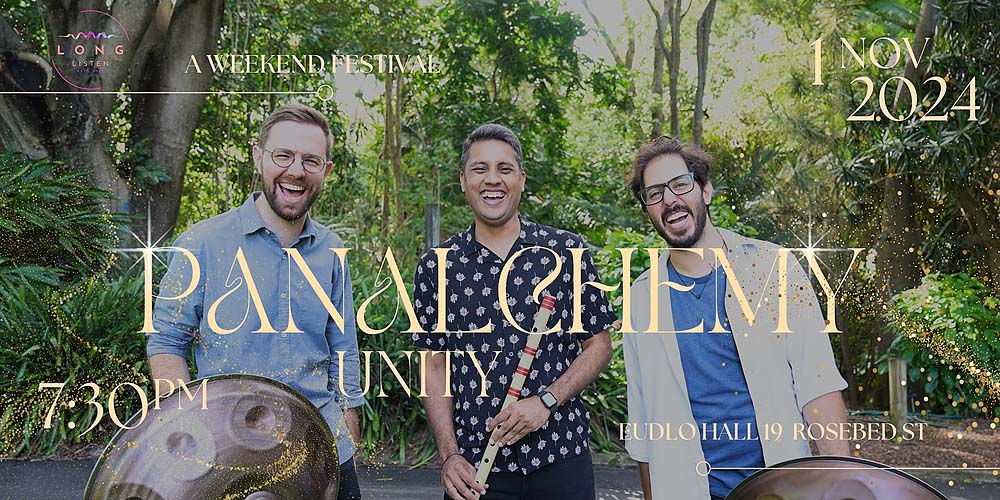

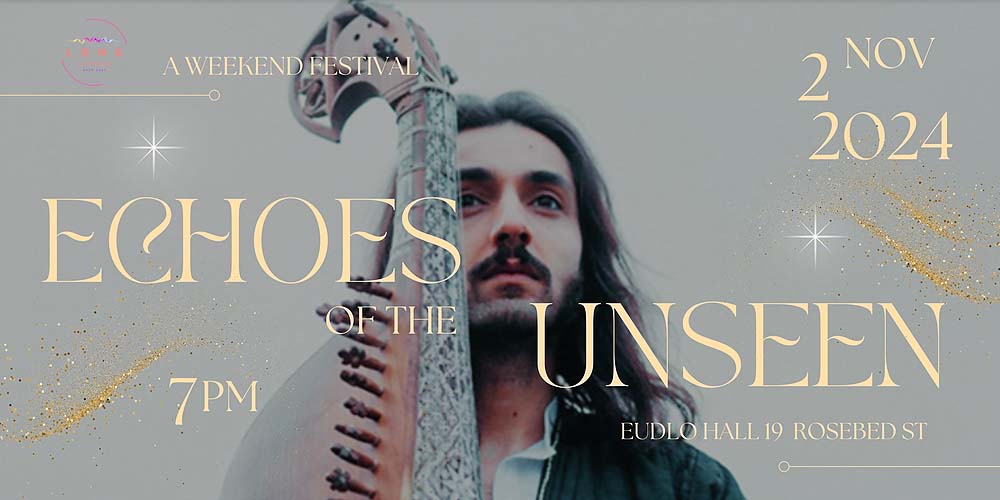
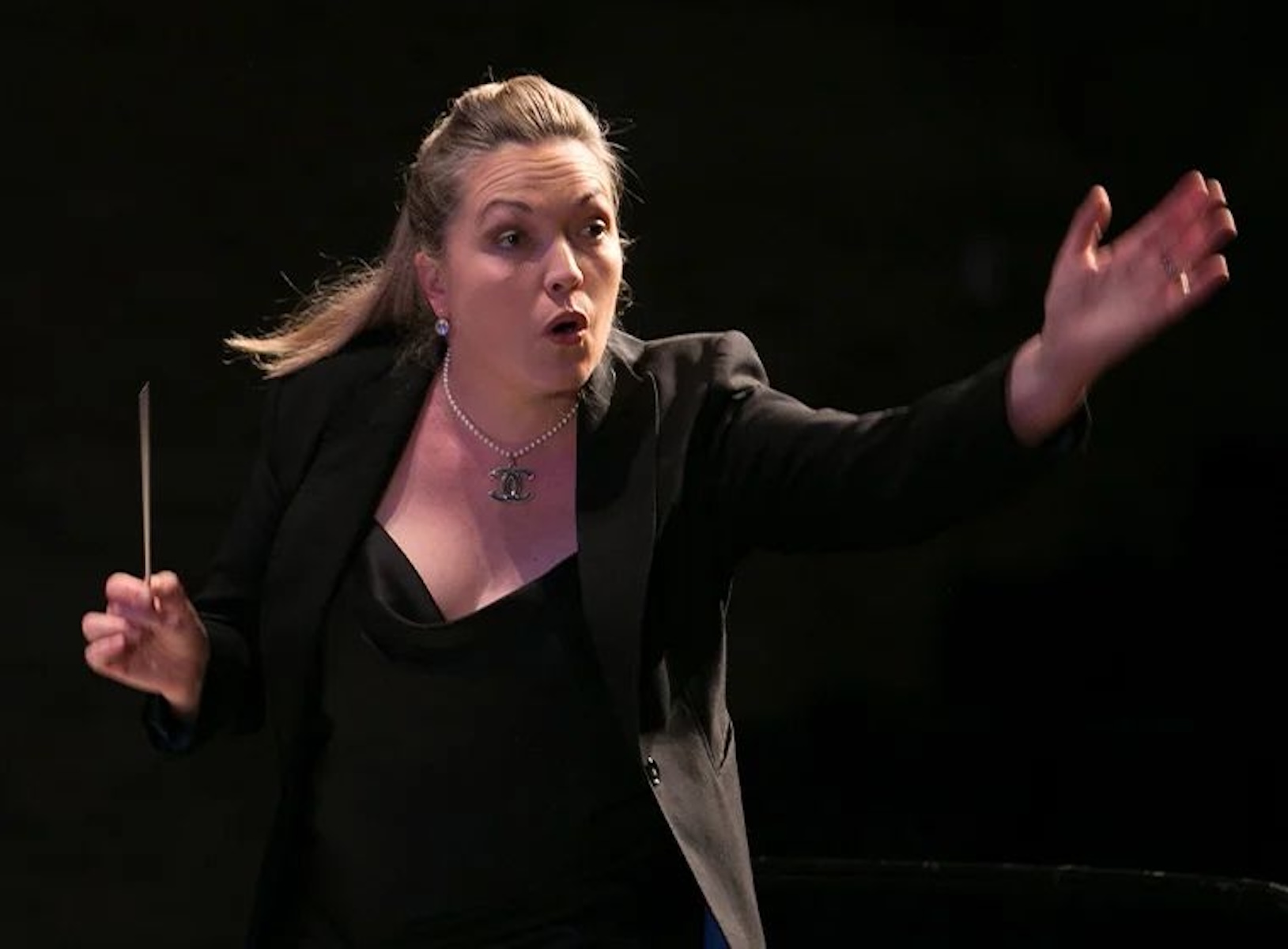
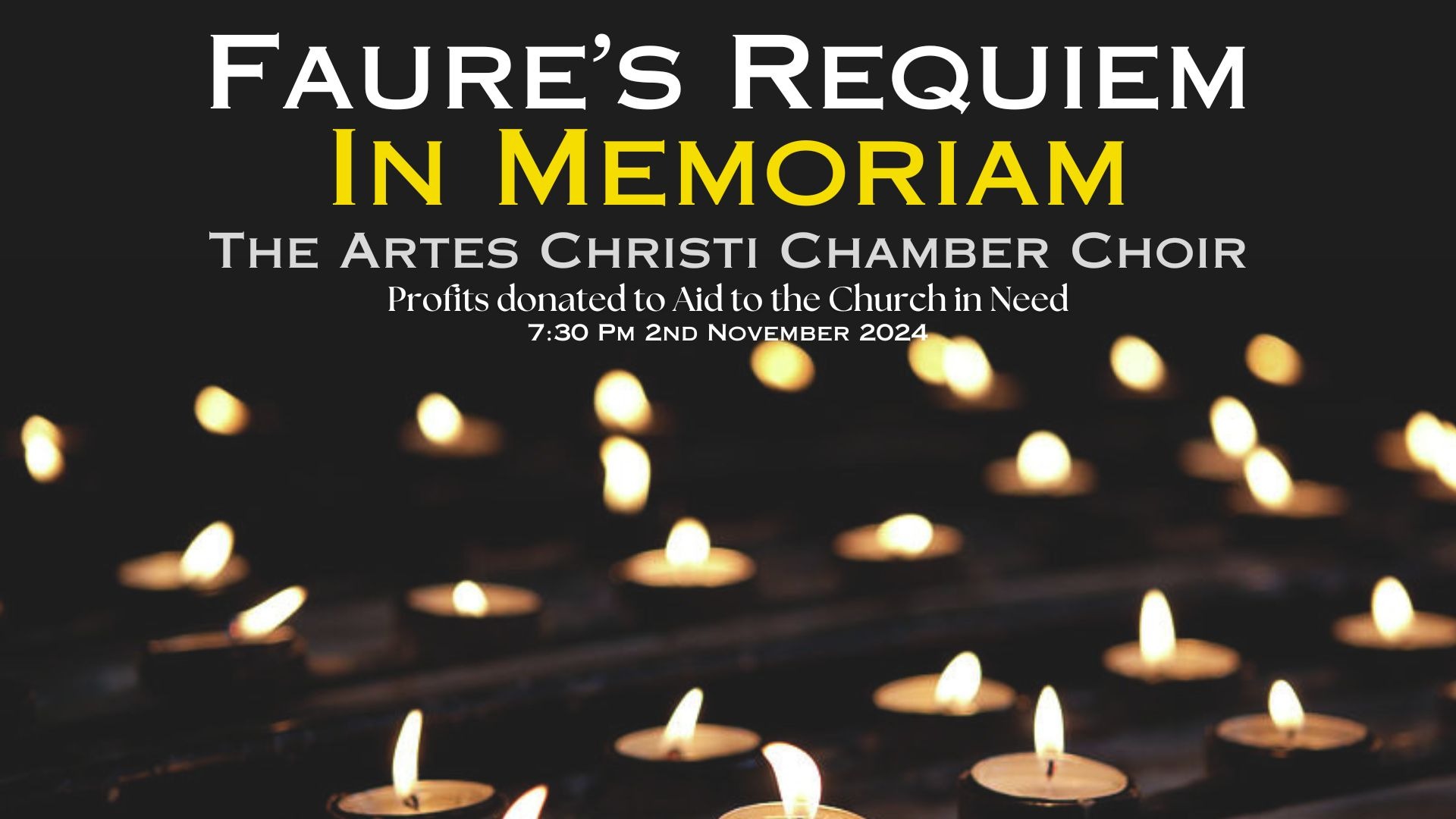
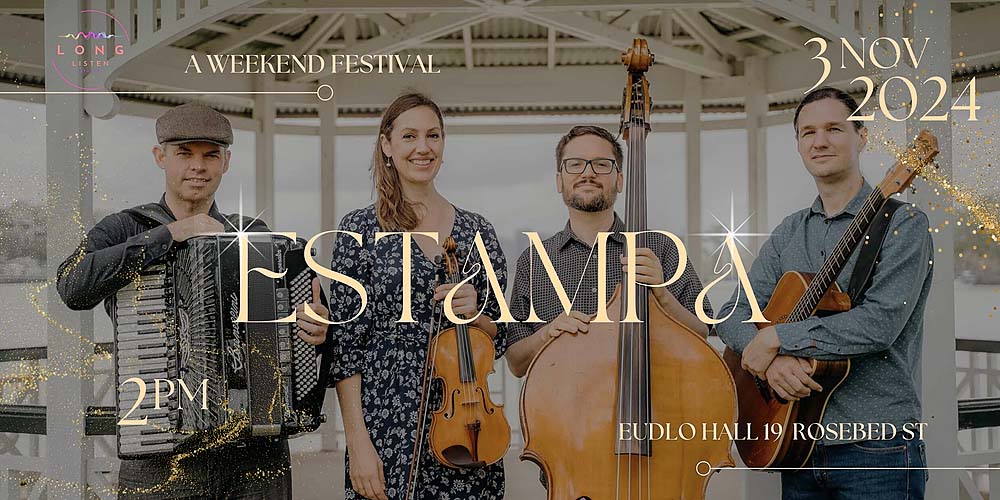

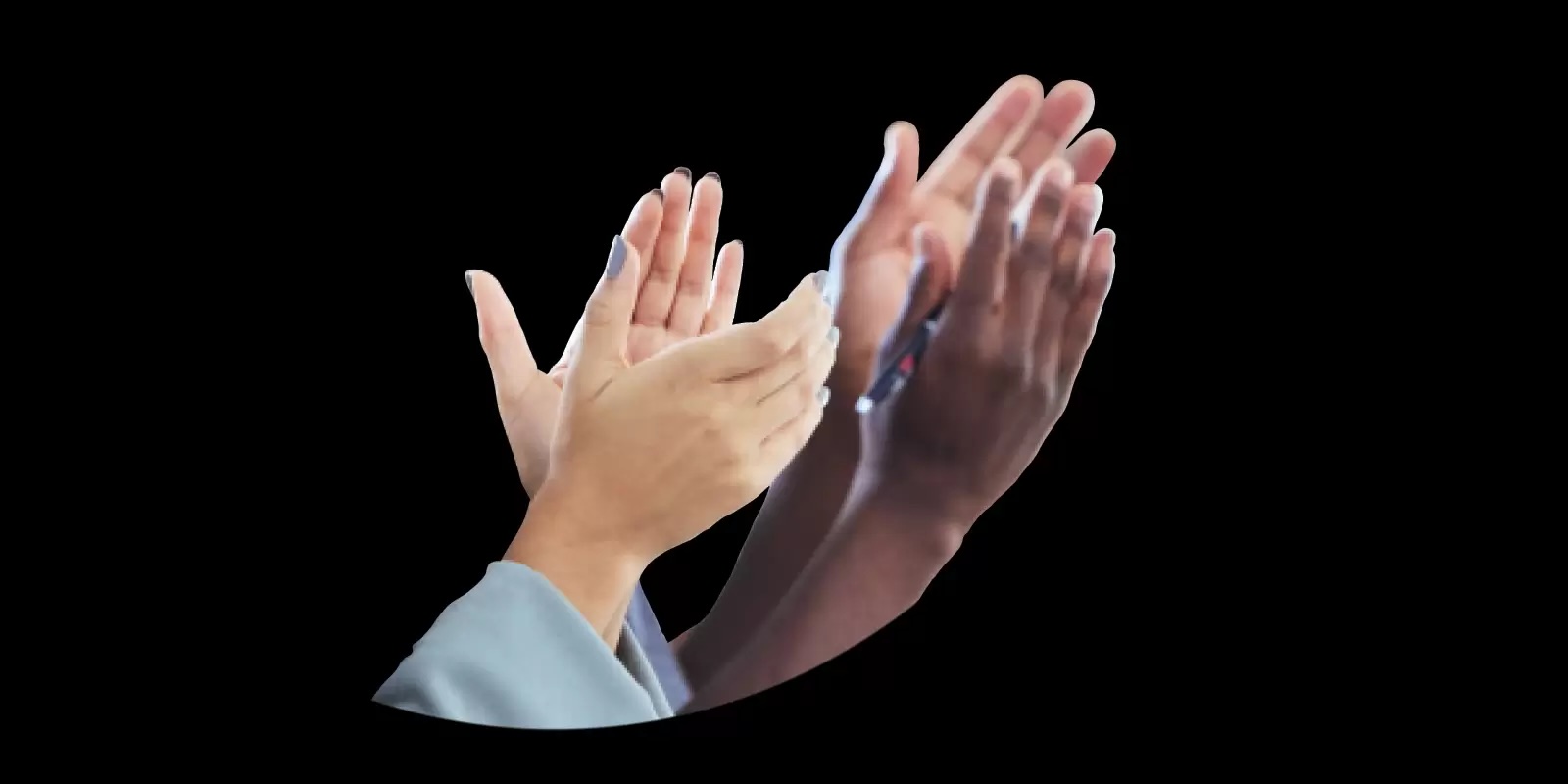



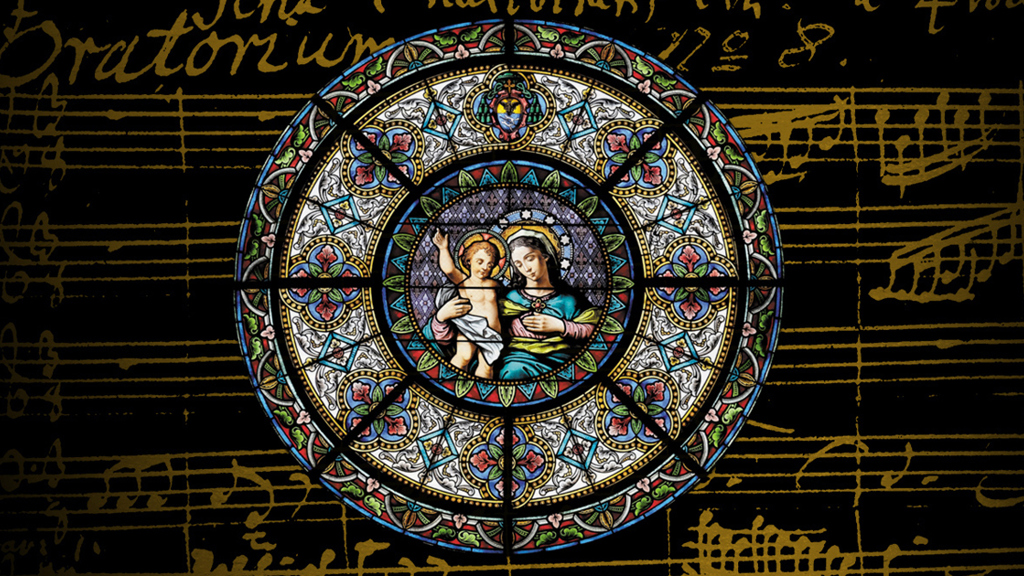
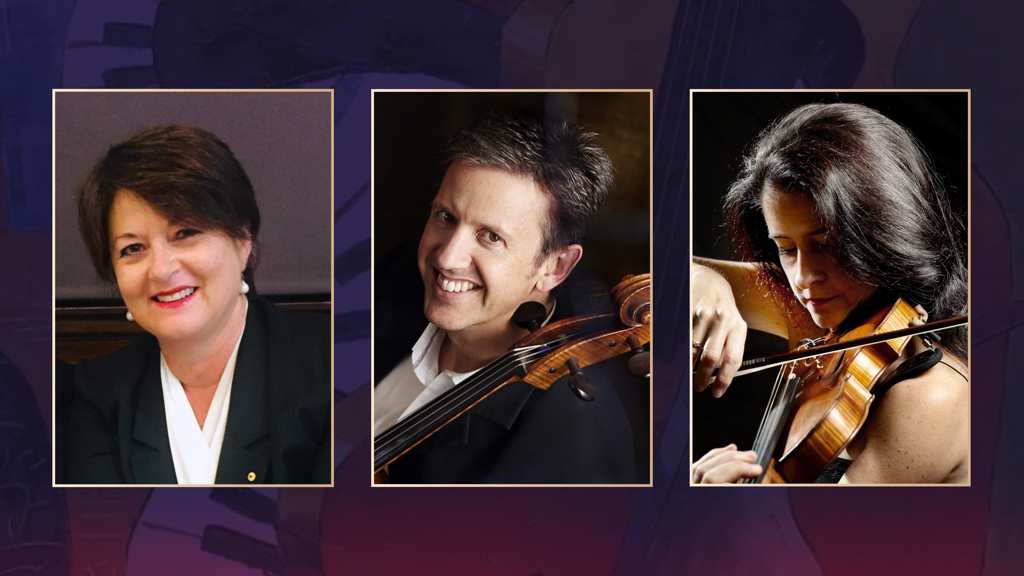

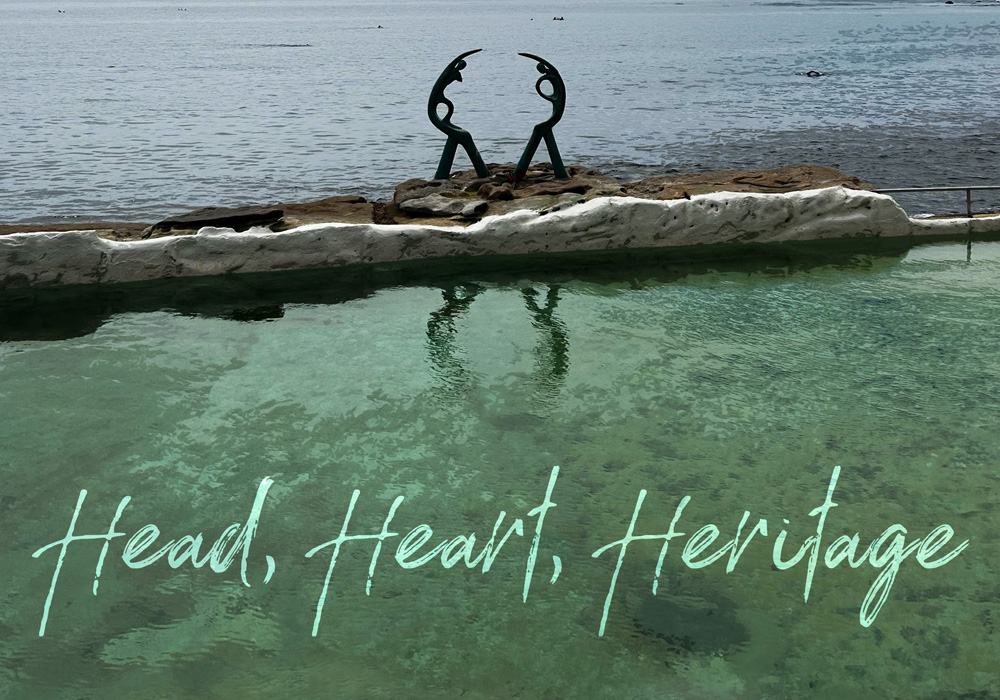
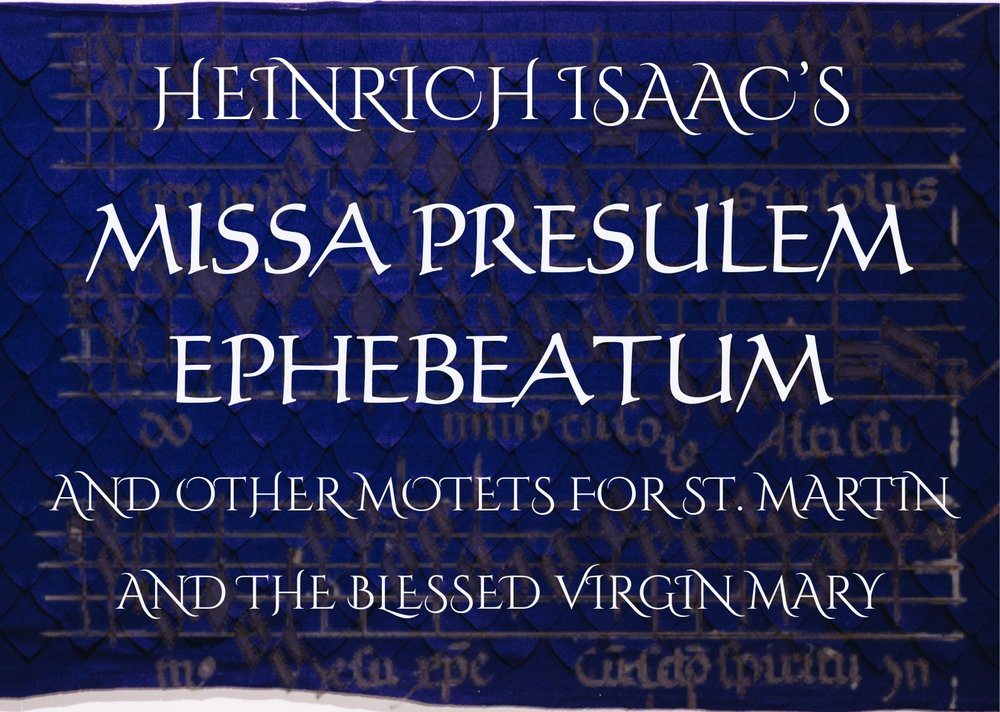

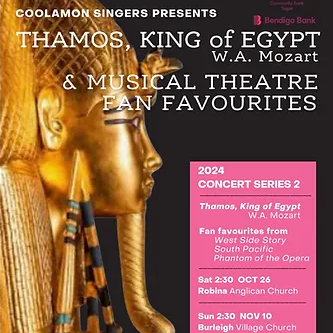
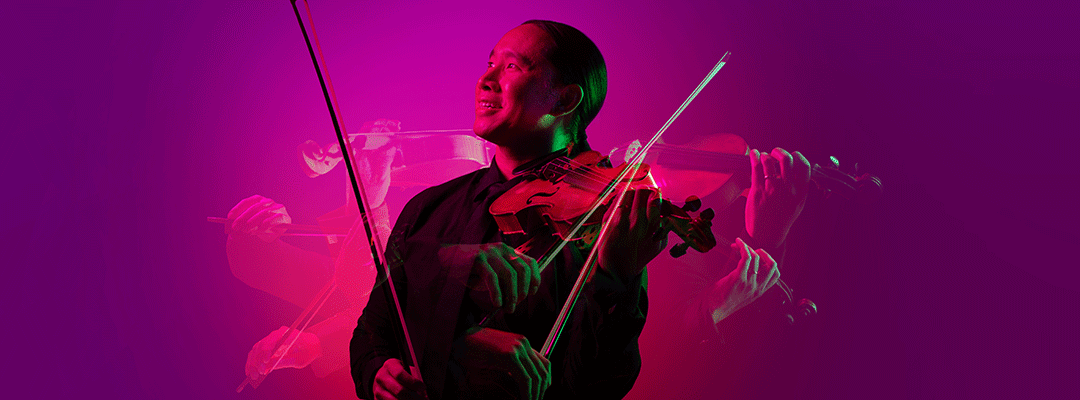


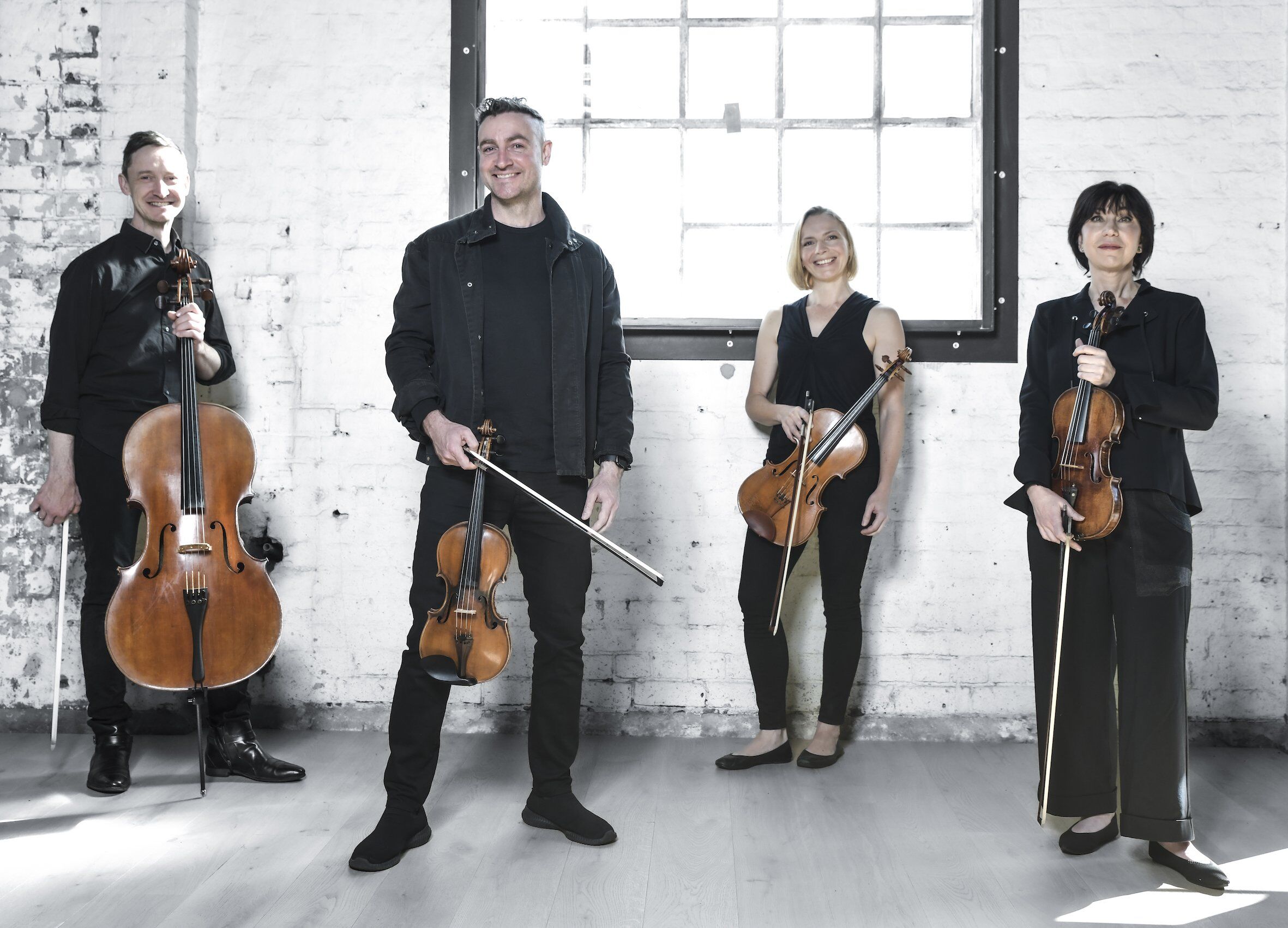

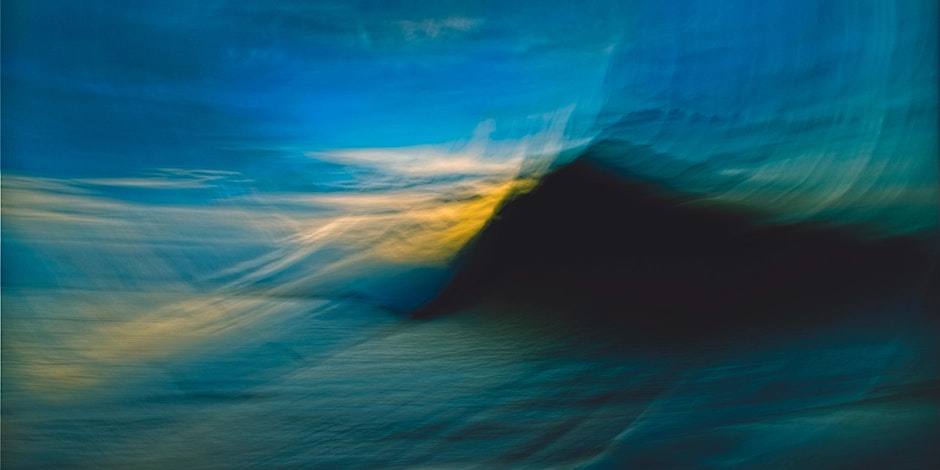

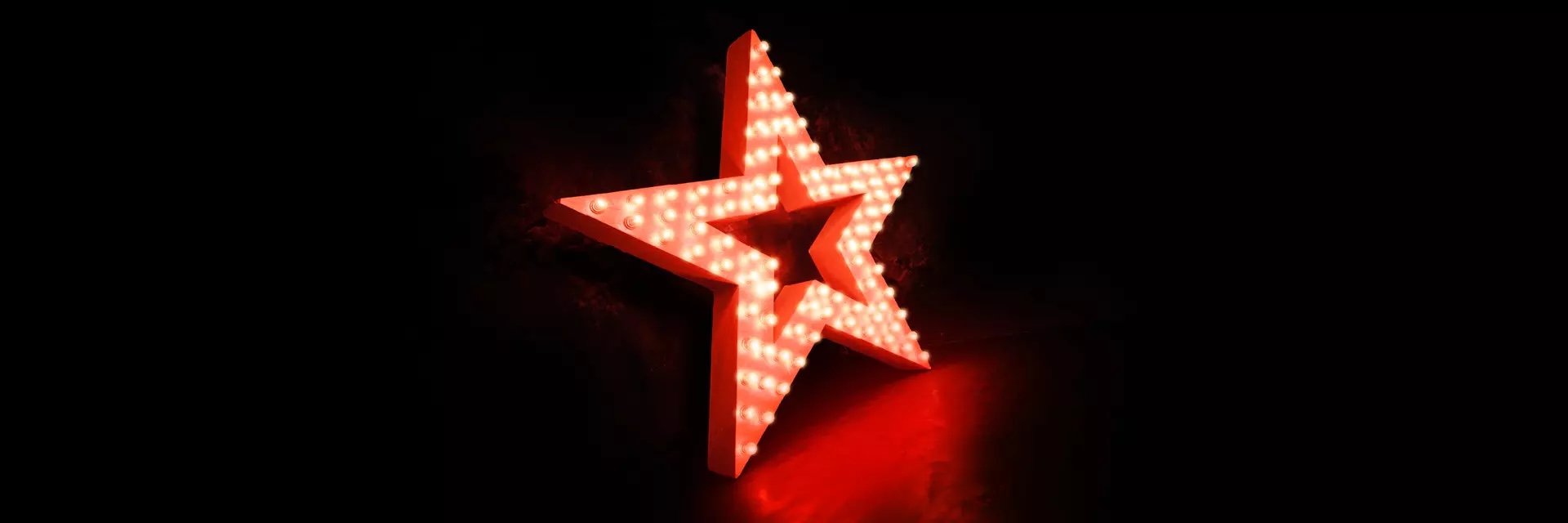

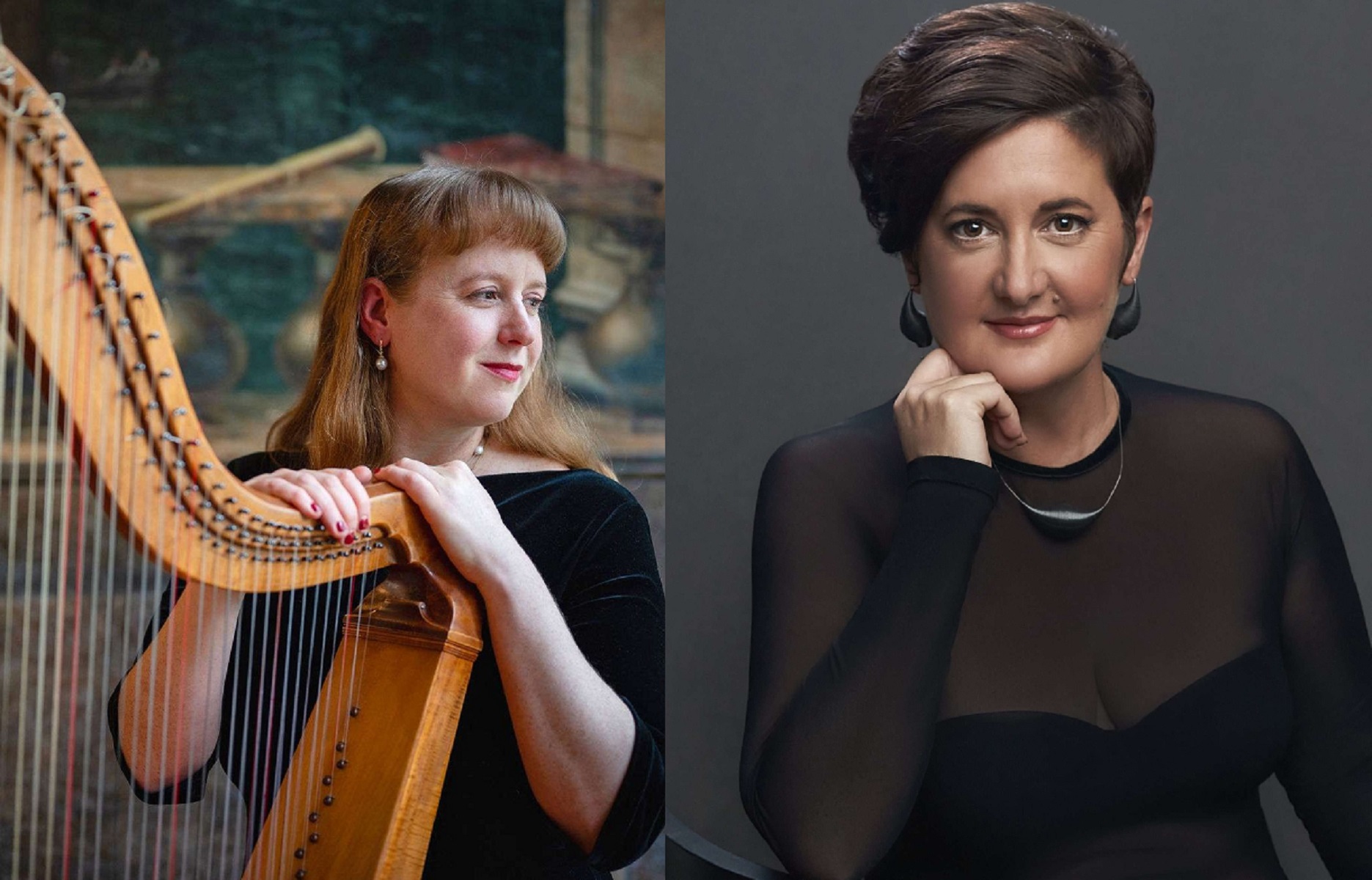
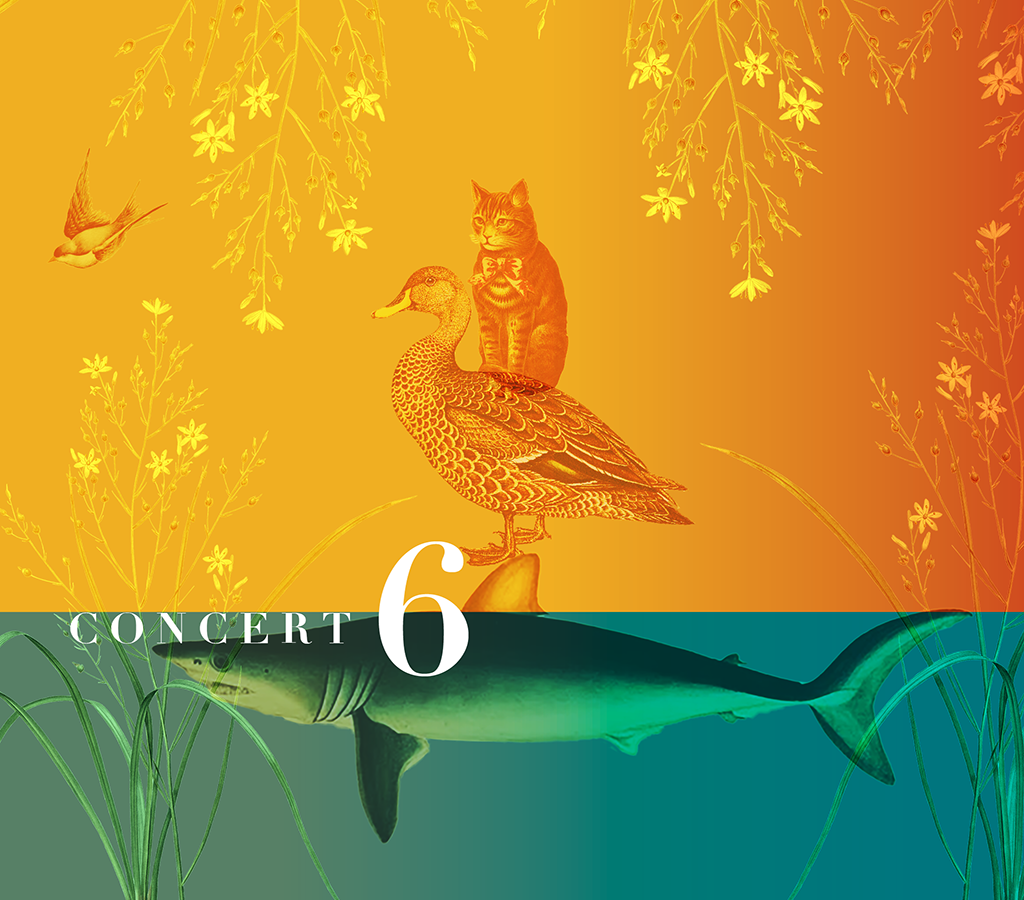

![user222 mrc mostlymozart [splendour of vienna] user222 mrc mostlymozart [splendour of vienna]](https://cdn-classikon.b-cdn.net/wp-content/uploads/2024/02/user222-mrc_mostlymozart_splendour_of_vienna.png)

